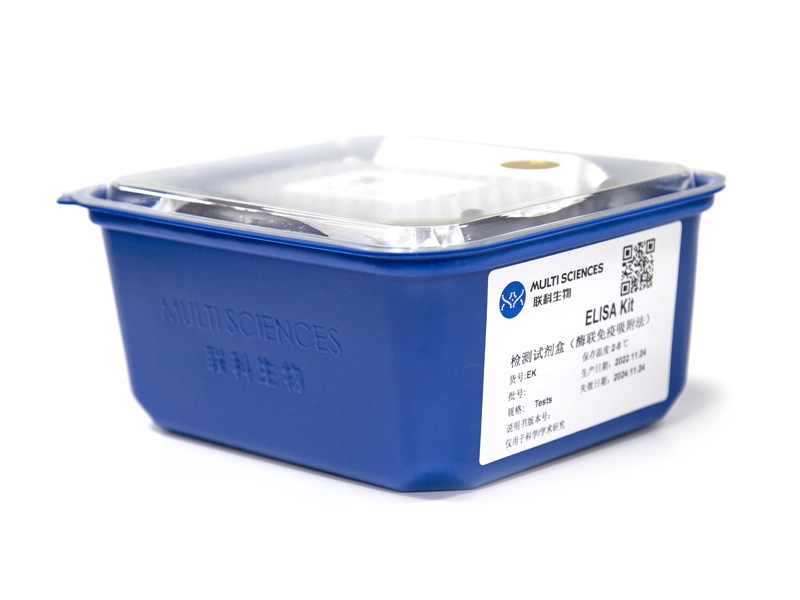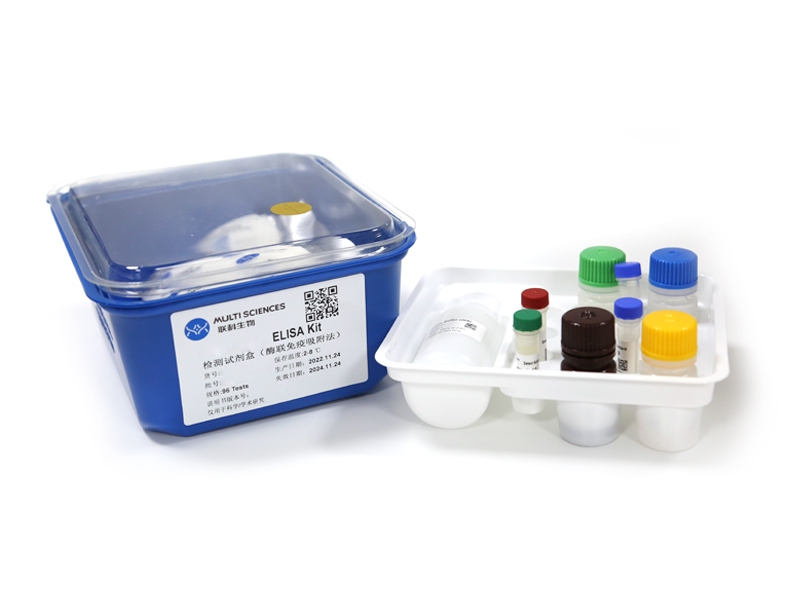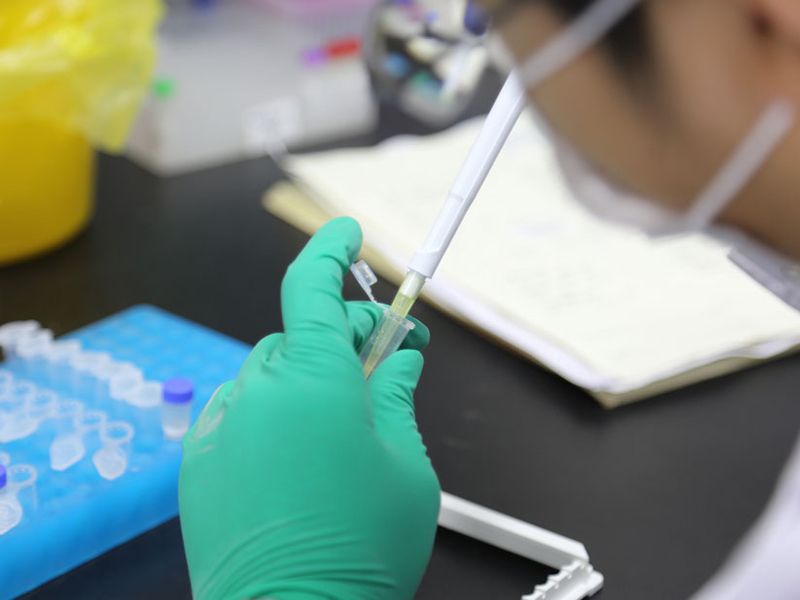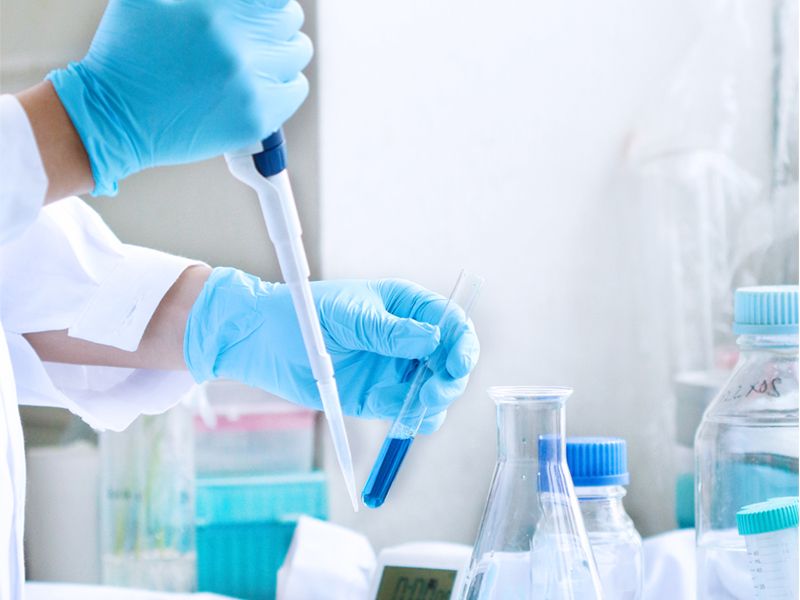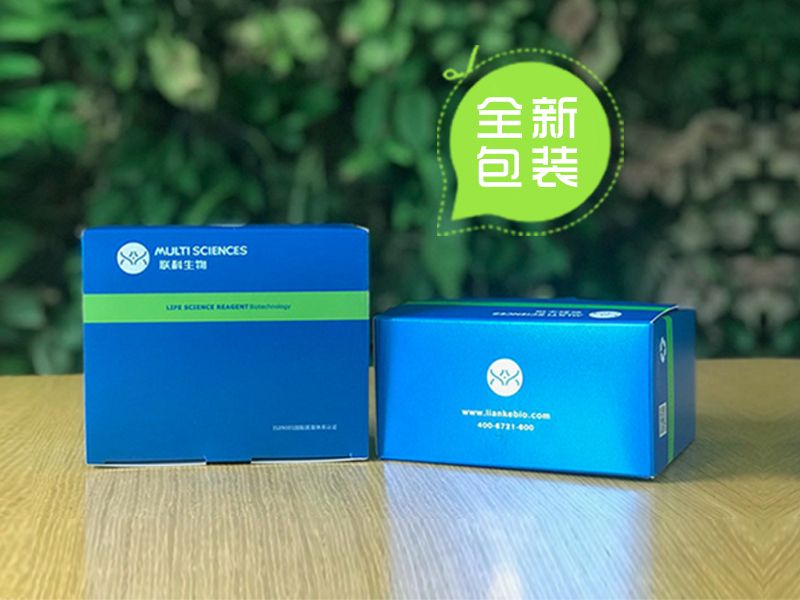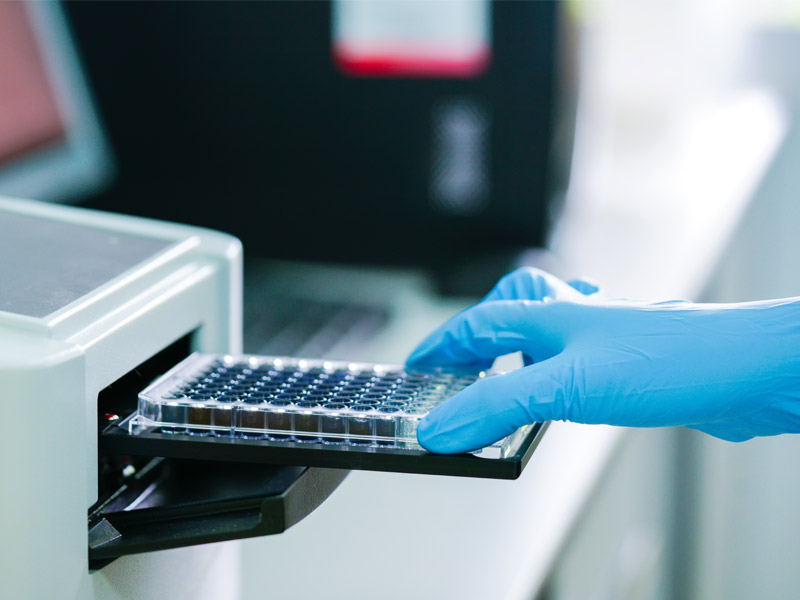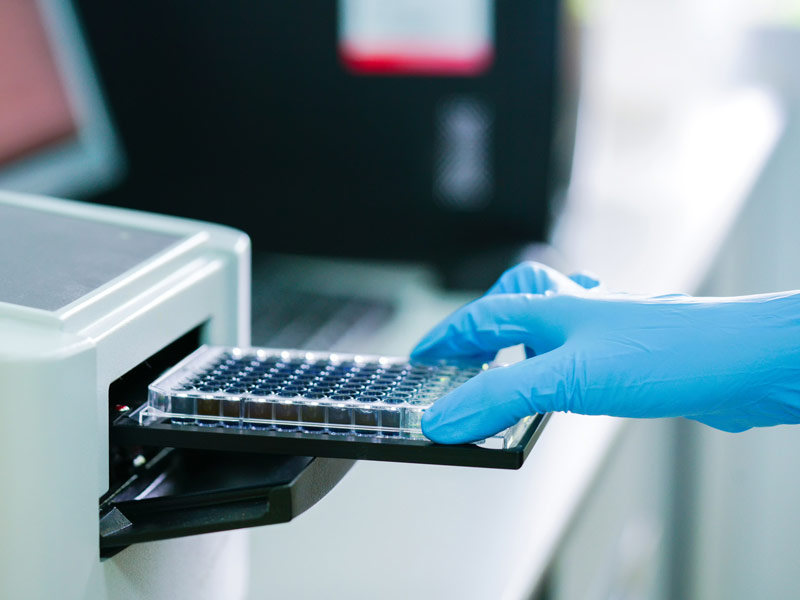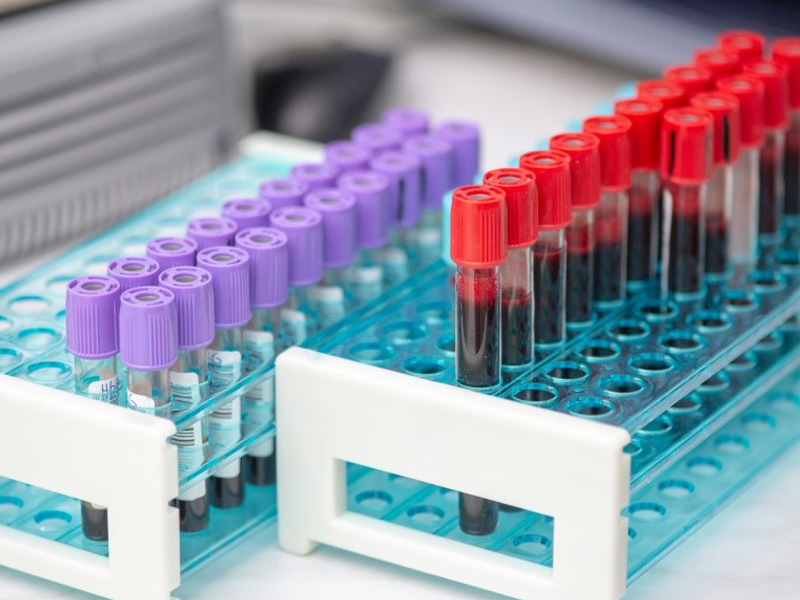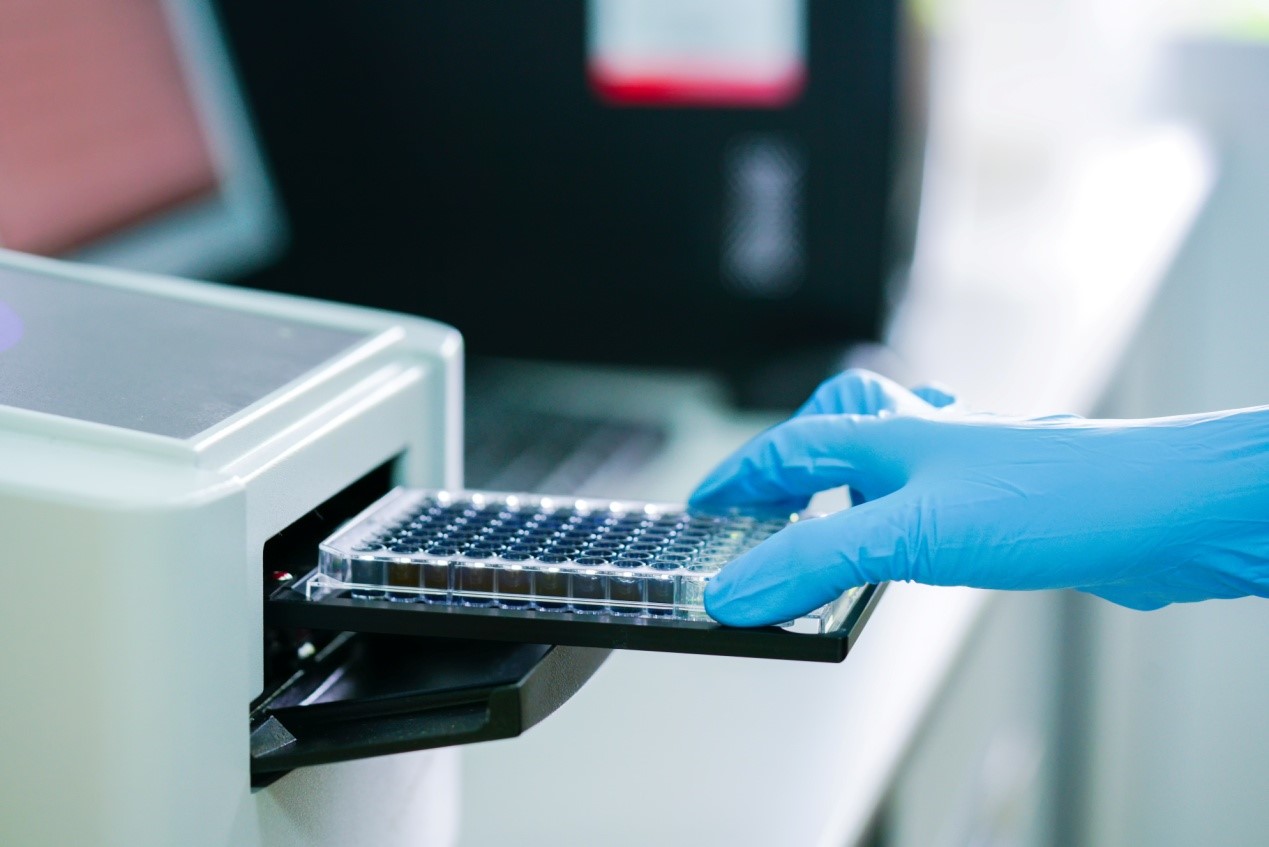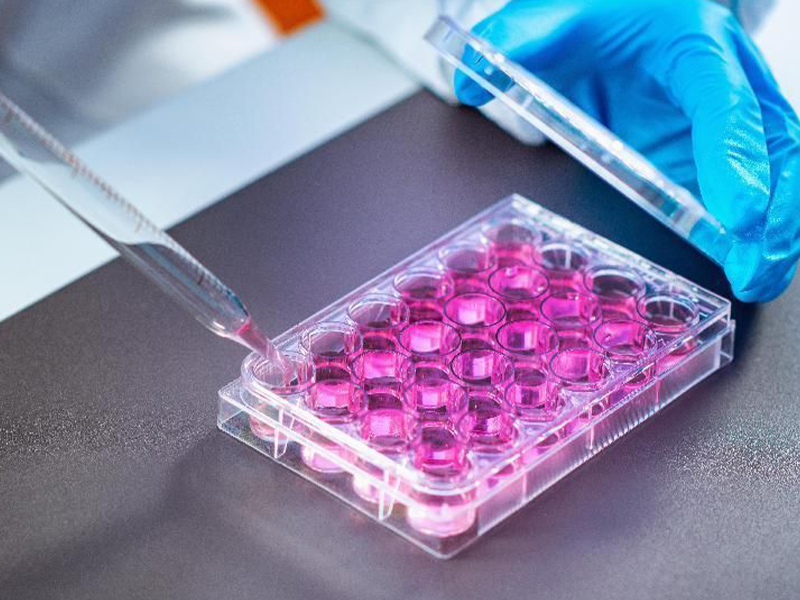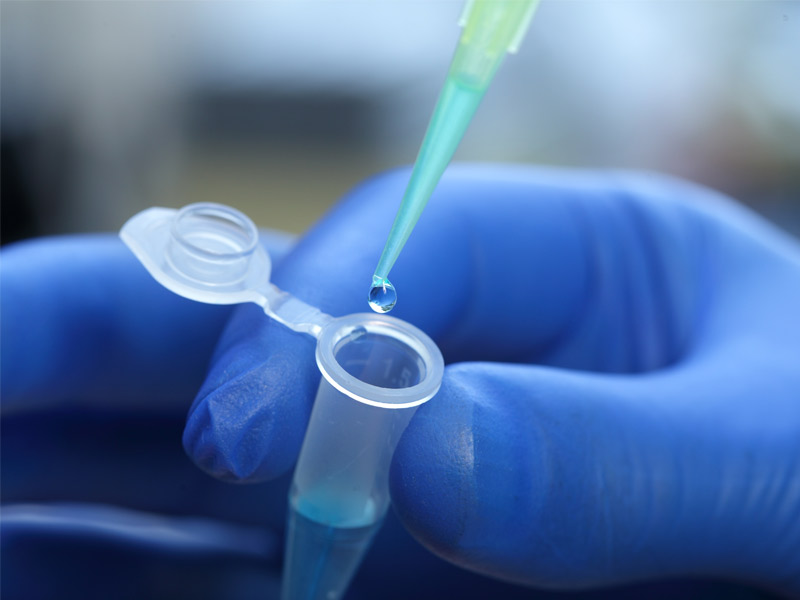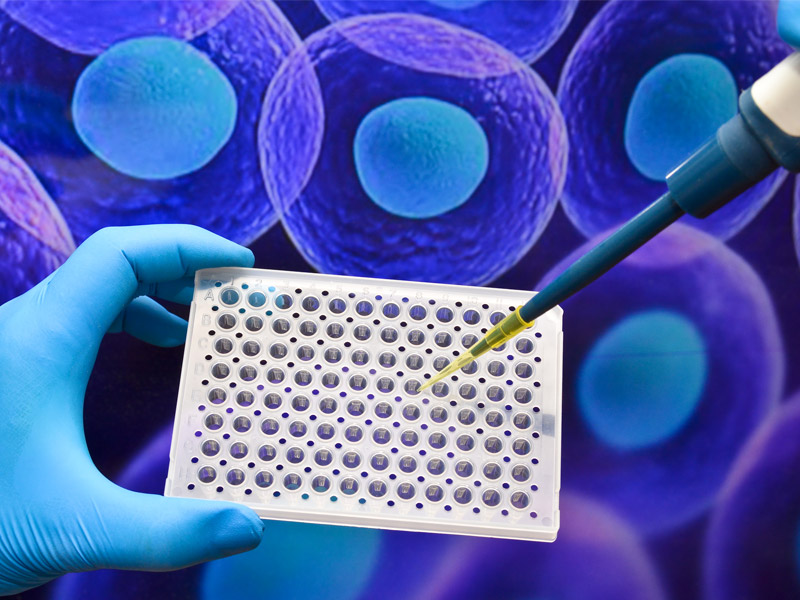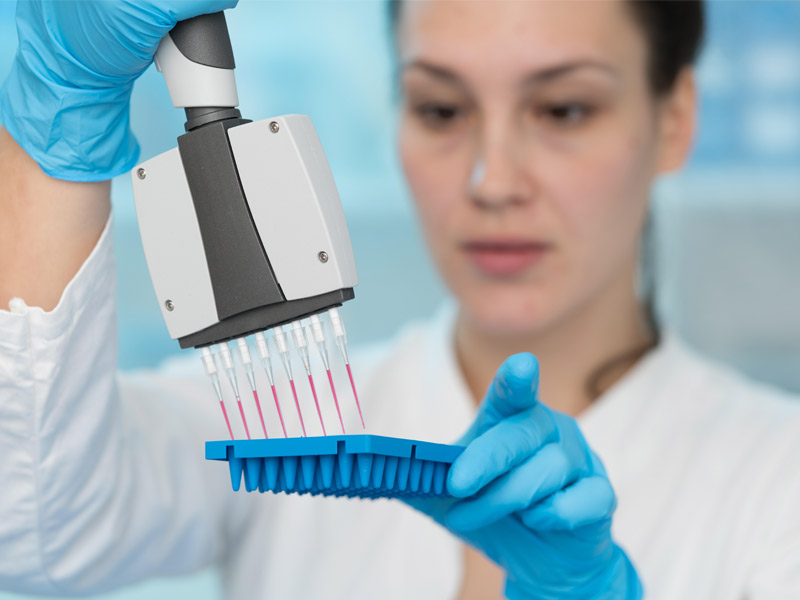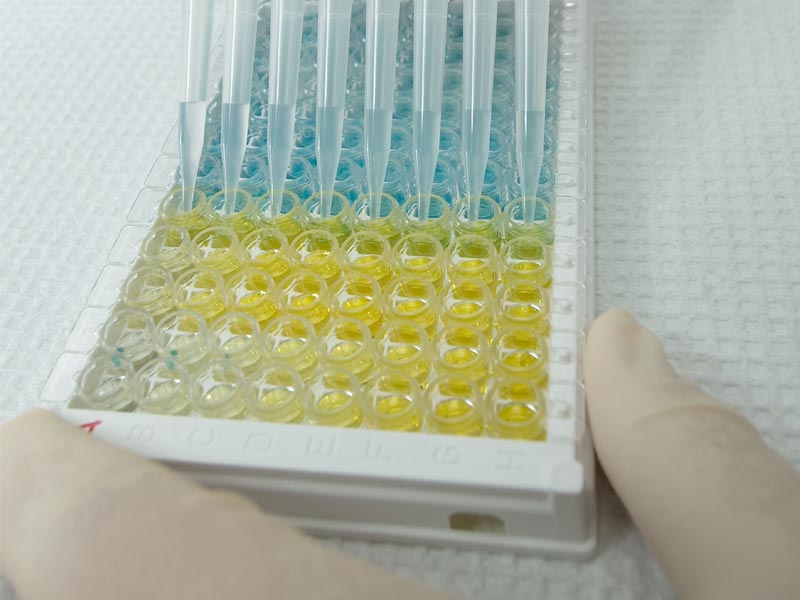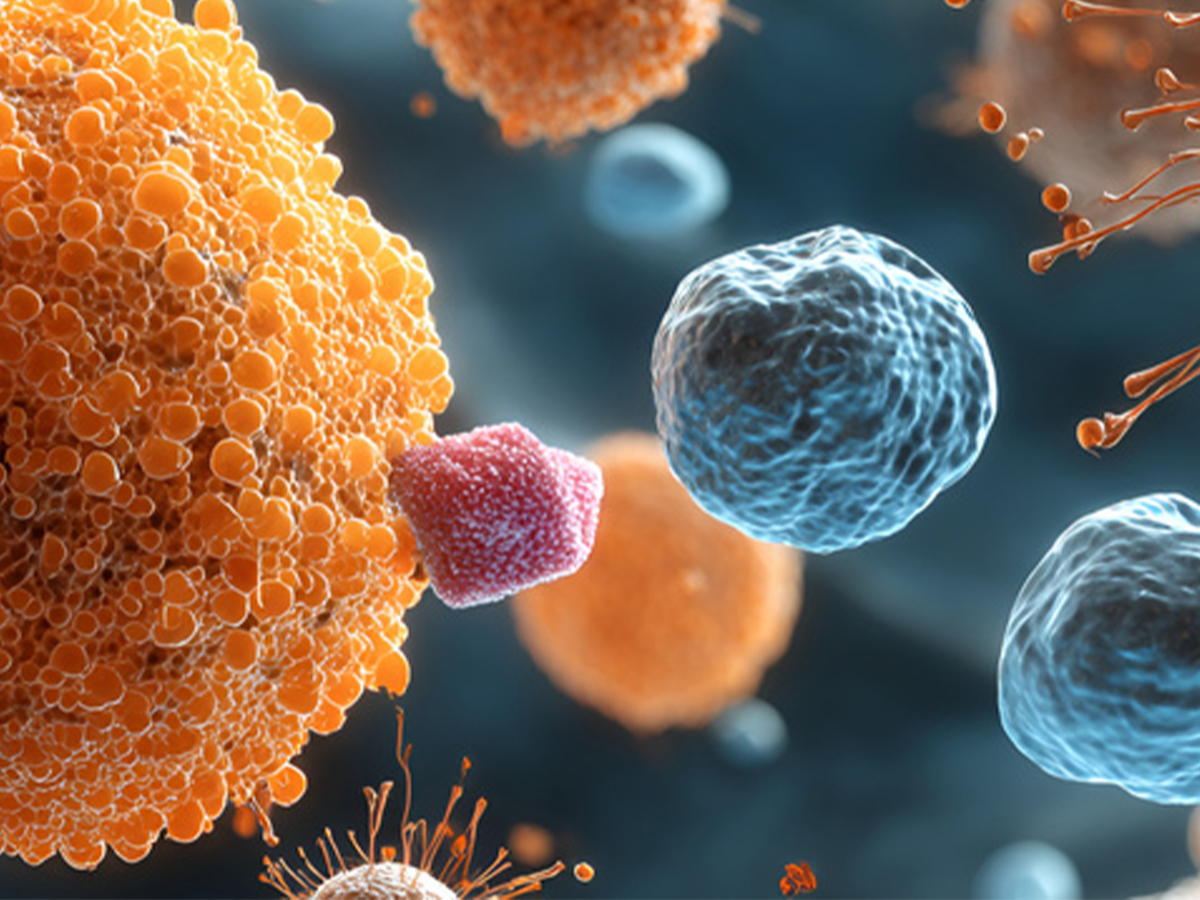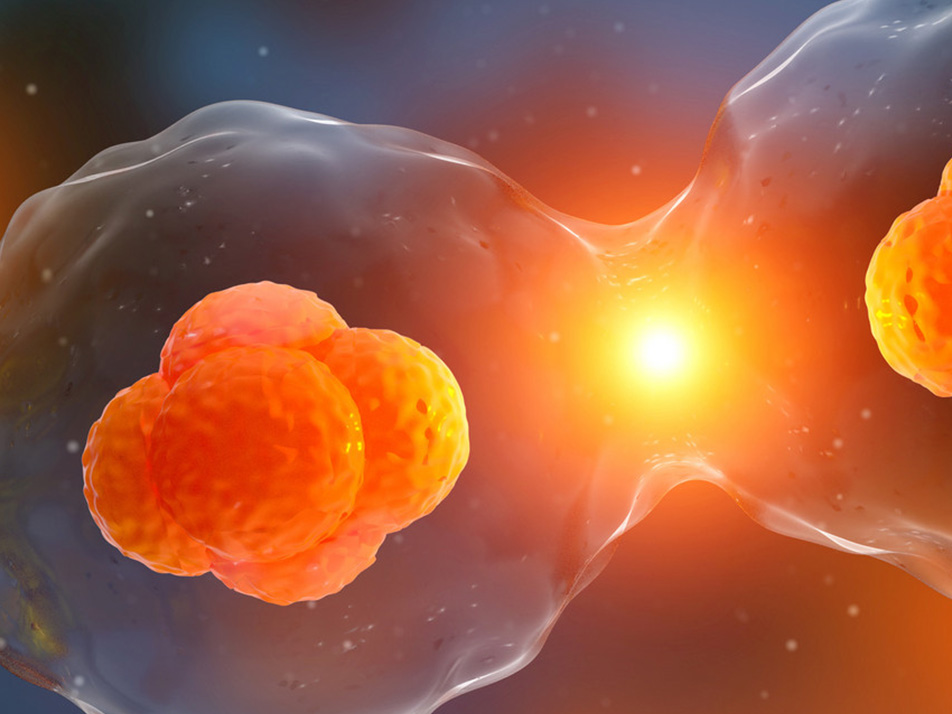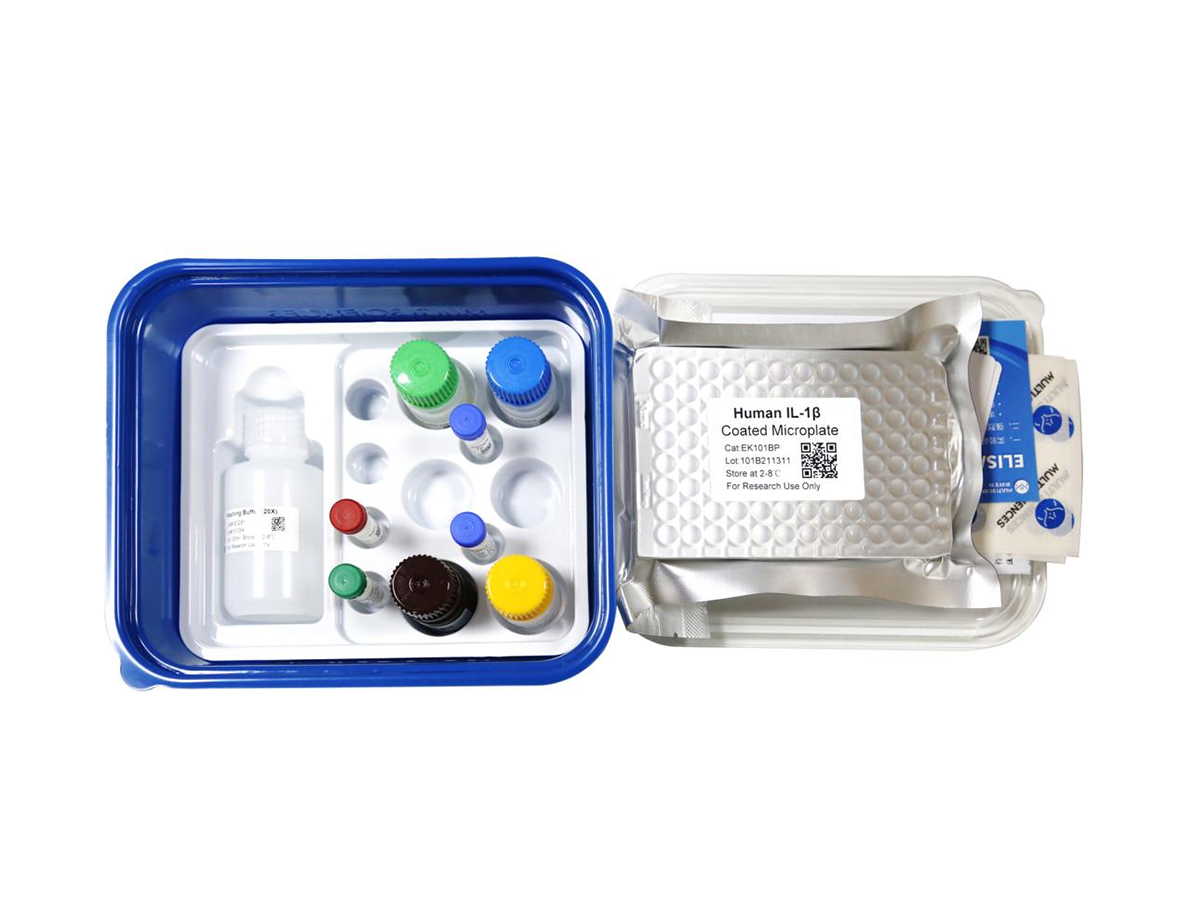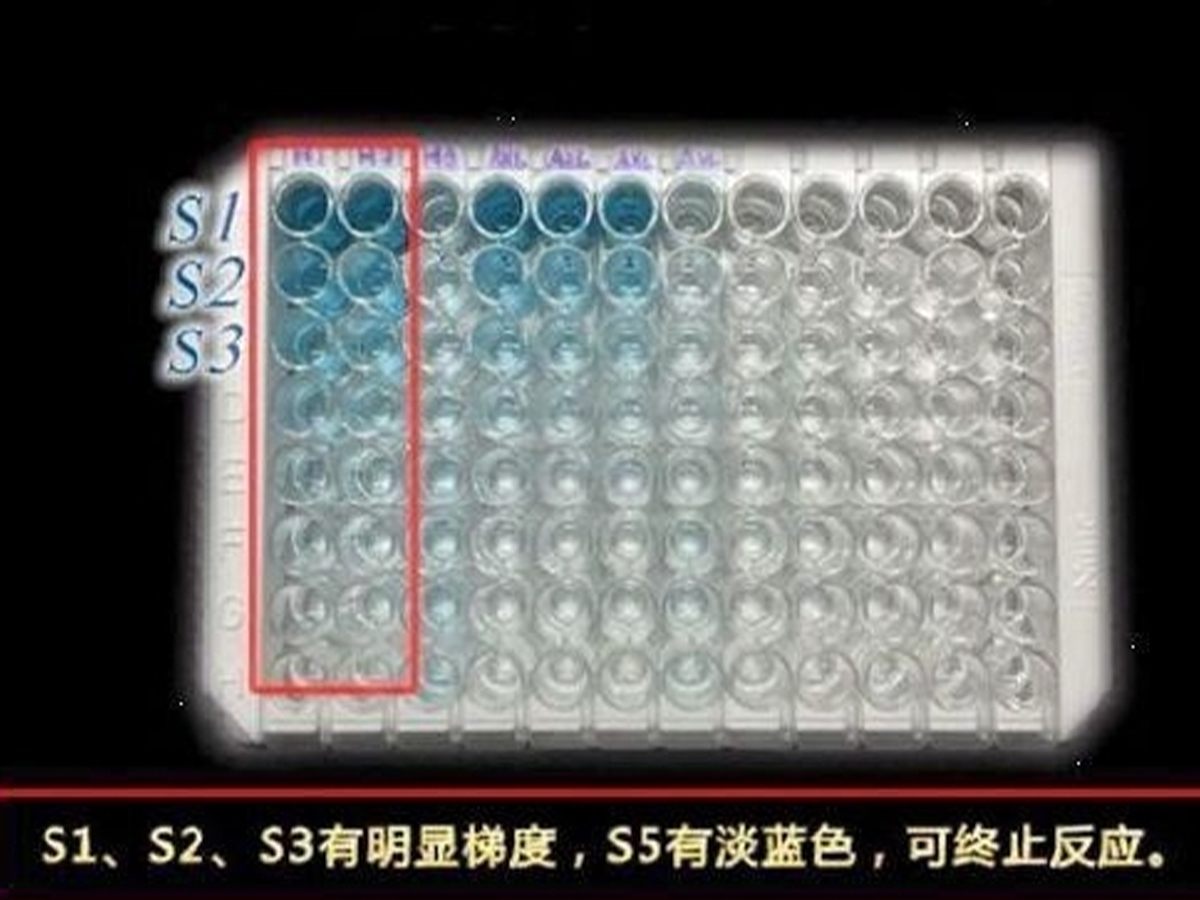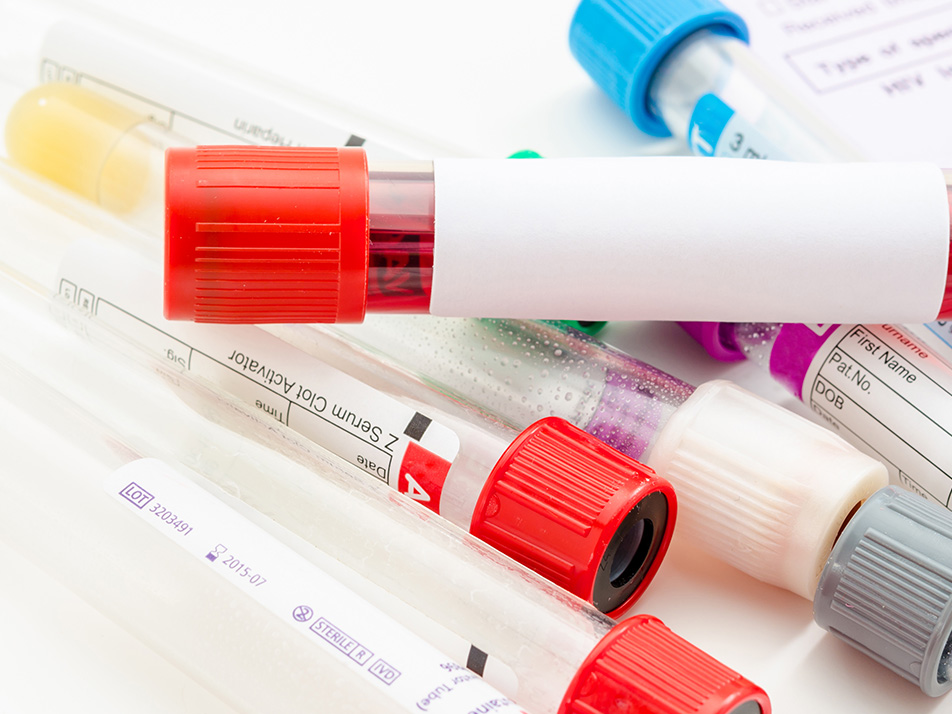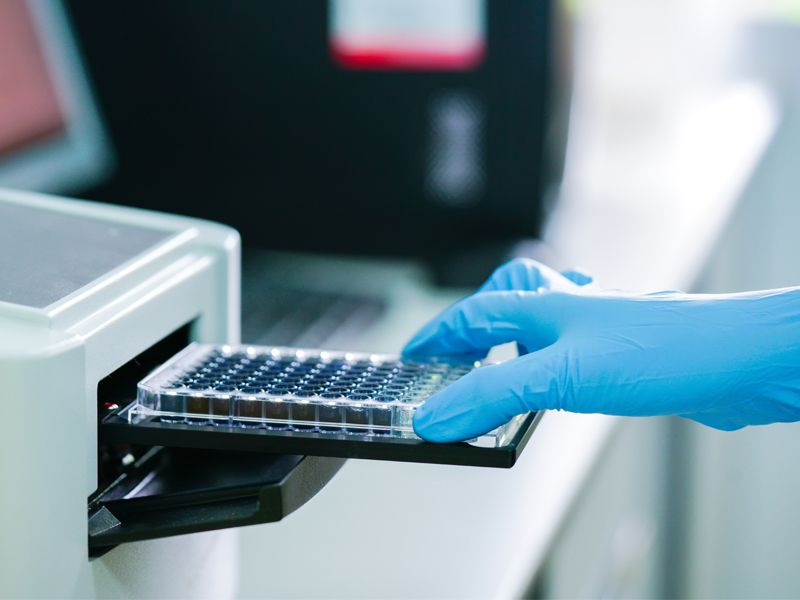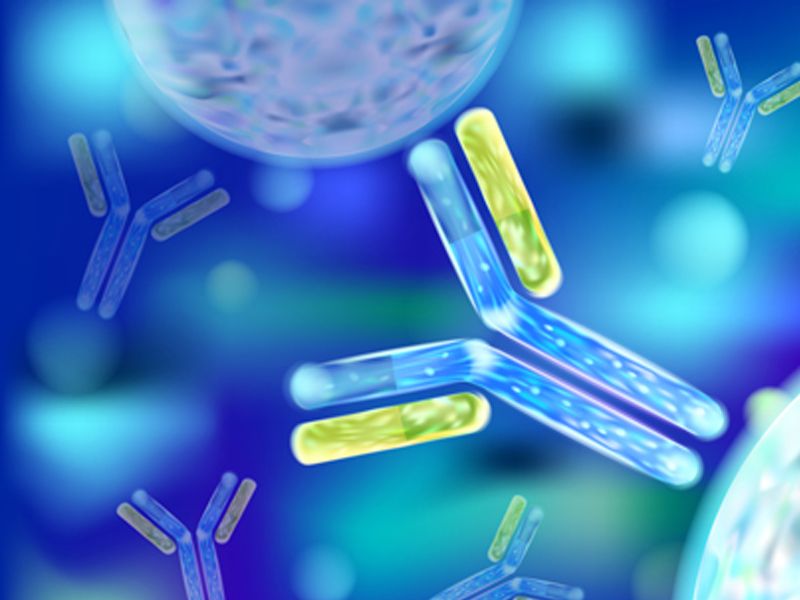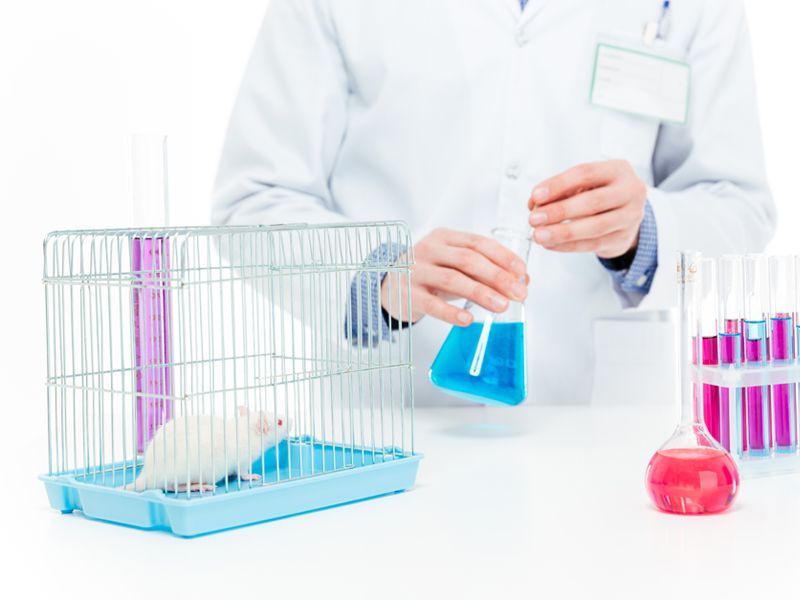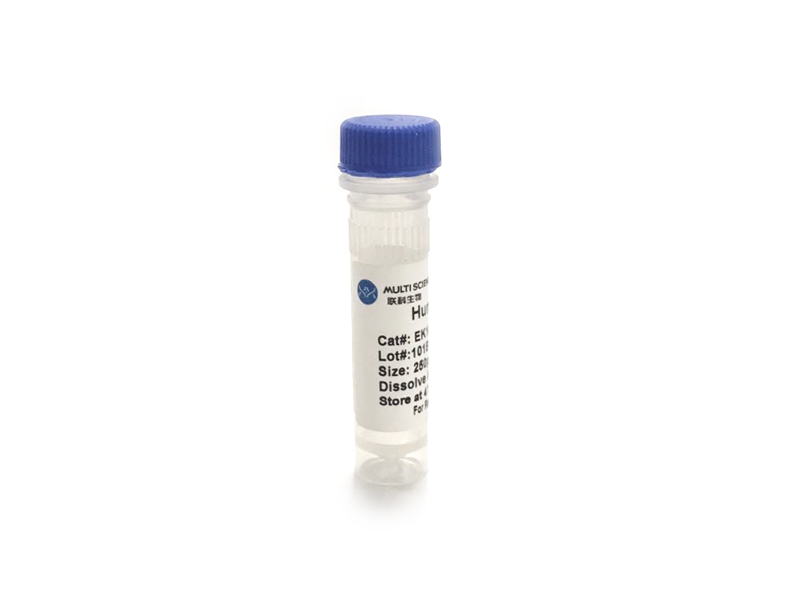Rat SCF ELISA Kit检测试剂盒(酶联免疫吸附法)
¥1,600.00 – ¥2,650.00
在售SKU:70-EK3210-48, 70-EK3210-96, EK3210
- 分子靶点:KITLG
- 种属:大鼠
- 样本类型:血清、血浆、细胞培养上清及其他生物学样本
- 检测样本体积:血清、血浆样本20μL
- 灵敏度:4.22pg/mL
- 检测范围:31.25-2000pg/mL
- 回收率:86%-104%
ELISA试剂盒详细信息
| 商品名 | 大鼠干细胞因子酶联免疫检测试剂盒 |
|---|---|
| 种属 | 大鼠 |
| 靶点 | KITLG |
| 检测方法 | 双抗体夹心法 |
| 检测样本类型 | 血清、血浆、细胞培养上清及其他生物学样本 |
| 检测样本体积 | 血清、血浆样本20μL |
| 灵敏度 | 4.22pg/mL |
| 线性范围 | 31.25-2000pg/mL |
| 精密度 | 板内变异系数:8.3%-9.2%;板间变异系数:4.8%-7.2% |
| 回收率 | 86%-104% |
| 平均回收率 | 96% |
| 板式 | 96孔板,可拆 |
| 保存条件 | 2-8℃保存。已拆开:标准品-20℃保存,其它4℃。 |
| 运输条件 | 2-8℃冰袋运输 |
| 检测原理 | 本试剂盒采用双抗体夹心酶联免疫吸附检测技术。特异性抗大鼠SCF抗体预包被在高亲和力的酶标板上。酶标板孔中加入标准品和待测样本,经过孵育,样本中存在的SCF与固相抗体结合。洗涤去除未结合的物质后,加入生物素化的检测抗体孵育。洗涤去除未结合的生物素化的抗体,加入辣根过氧化物酶标记的链霉亲和素(Streptavidin-HRP)。洗涤后,加入显色底物TMB,避光显色。颜色反应的深浅与样本中SCF的浓度成正比。加入终止液终止反应,在450nm波长(参考波长570 - 630nm)测定吸光度值。 |
分子信息
KITLG 分子靶点信息概述
- 分子名:KITLG, KIT ligand
- 别名:SCF; SF; Kitl; KL-1; FPH2; SLF; DFNA69
- 曾用名:MGF
- 全称:mast cell growth factor; stem cell factor; steel factor; familial progressive hyperpigmentation 2
KITLG 分子靶点综述
干细胞因子(SCF)是一个可结合到c-Kit受体上的细胞因子,它可作为跨膜蛋白和可溶性蛋白存在。SCF促进肥大细胞粘附、迁移、增殖和存活,同样也可促进组胺和类胰蛋白酶的释放,后两者参与过敏应答。SCF与多种生长因子如IL-3、IL-6、IL-11、GM-CSF、G-CSF和Epo协同作用,一起诱导髓系和红系集落形成。该细胞因子在造血(血细胞生成)、精子发生和黑素生成中起重要作用。心肌特异性过表达跨膜SCF会促进干细胞迁移、提高心肌梗死后的心脏功能和动物的存活率。狗的SCF基因突变表明该基因是皮肤癌的候选易感基因。
大鼠 Rat Kitlg 分子靶点信息
- 分子名:Kitlg, KIT ligand
- 别称:
- C-kit ligand
- hematopoietic growth factor KL
- Kitl
- Kl1
- Kl2
- LOC60427
- LOC60428
- mast cell growth factor
- Mgf
- SCF
- steel factor/kit ligand
- stem cell factor
- stem cell factor KL-1
- stem cell factor KL-1 precursor
- stem cell factor KL-2 precursor
- 基因序列:NCBI_Gene: 60427
- 蛋白序列:
大鼠 Rat Kitlg 靶点分子功能(预测)
Predicted to enable cytokine activity and stem cell factor receptor binding activity. Involved in ovarian follicle development and positive regulation of cell population proliferation. Predicted to be located in several cellular components, including extracellular space; filopodium; and lamellipodium. Predicted to be integral component of membrane. Predicted to be active in plasma membrane. Human ortholog(s) of this gene implicated in autosomal dominant nonsyndromic deafness 69 and familial progressive hyperpigmentation with or without hypopigmentation. Orthologous to human KITLG (KIT ligand).

